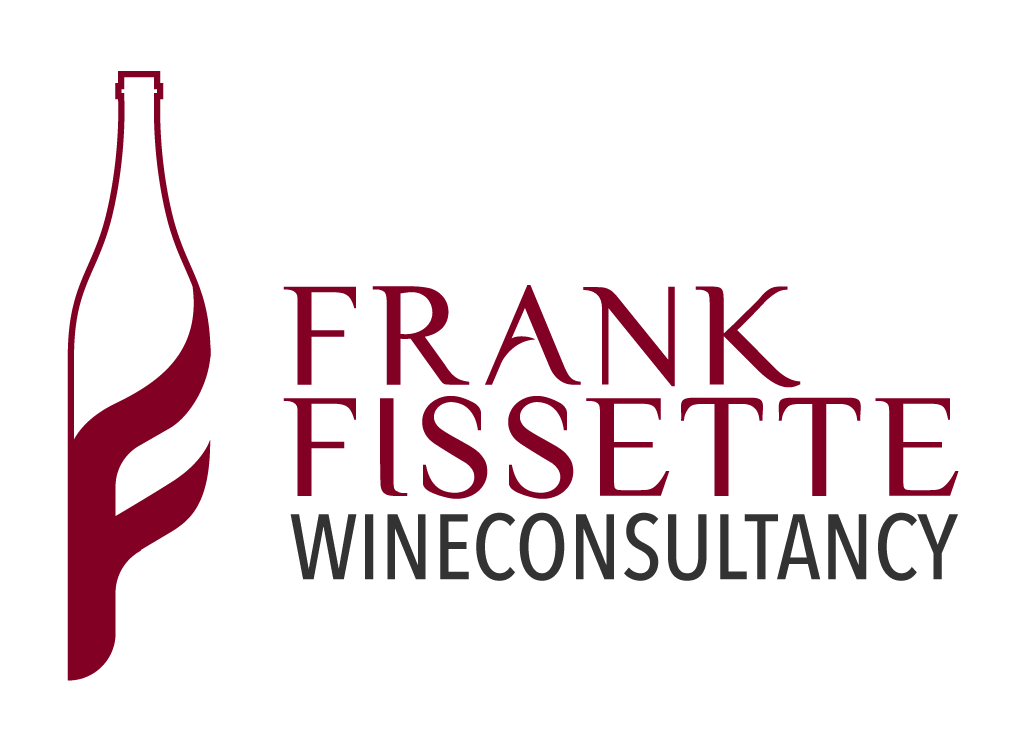Jean-Baptiste Boudier’s training took him from Beaune’s viticultural school to New Zealand and Roussillon, with 2 years studying oenology in Bordeaux, including 6 months at Château Haut-Brion. It was during the 2014 harvest that he worked for the first time alongside his father at the family`s Pernand-Vergelesses Domaine. Their different visions of wine soon became apparent and they mutually decided that Jean-Baptiste deserved a chance to experiment on his own.
2015 was Jean-Baptiste`s very first solo vintage, with production of just 3 hectares of vines spread across plots in Pernand-Vergelesses, Savigny-Lès-Beaune and Aloxe-Corton. He is a smart, focused, ambitious winemaker who does not believe in pre-fermentation maceration. “I prefer that fermentations start fast,” he says. “For my father, colour was very important, but for me, it’s not the major factor. Tannins are more important, and we adapt the extractions according to the year, and by tasting.” In his avoidance of a pre-fermentation cold soaking of his grapes, his wine-making is not Burgundian mainstream, but has been carefully
Jean-Baptiste does not label himself organic, but emphasizes that he works with a great respect for the environment, “like all growers of my generation do…or should!” he says. He mostly works his vines and soils on his own with serious care and attentiveness, aided only in the spring/summer by a few seasonal workers.
With the largest production cuvée totaling a humble 5 barrels, attention to detail is key here. For reds, Jean-Baptiste mostly de-stems for now, though he is intrigued by initial experiments with whole-cluster fermentation on the Bourgogne Rouge 2015. Vinification is light-handed and straight forward – in stainless steel with indigenous yeasts, very gentle extraction (none or one punch-down per day), and very low added sulfur (5g/hl). He prefers a short 4 to 5-day post-fermentation to pre-fermentation maceration for a more harmonious phenolic integration.
For the whites, whole bunches are slowly and gently pressed. The must is lightly decanted, and alcoholic fermentation starts in tank but finishes in barrel. Sulfur additions are even lower for the whites (2g/hl).
Both colors display remarkable precision. The whites highlight some beautiful lesser-known, cooler terroirs with incredible detail and freshness, while the reds shine with fruit, impeccable balance, and an addictive, vibrant energy.




